We often overlook winter as a season for outdoor adventures. Sure, many of us eagerly await the first substantial snowfall so we can finally hit the slopes, but there’s a lot more to winter than just skiing.
If you’re an outdoor enthusiast, winter is a wonderful time to visit a national park. Most parks see fewer visitors during the winter months, while many of us are hiding indoors drinking hot cocoa by the fireplace. If you’re thinking you won’t have any fun in the winter weather, well, think again. Playing in the snow isn’t only for kids!
But if you’re convinced that warm weather makes your ideal winter getaway, well, we’ve got you covered. There are lots of parks you can visit for a winter escape, too.
Whether you’re looking for a winter wonderland or a warm-weather park, here’s our roundup of the best national parks to visit in winter.
Best National Parks for Winter Adventures
Deep snow, frosty trees, and cold temperatures — if you want to embrace winter, we’re all for it. There’s nothing quite like exploring a park with its white winter blanket, feeling like you’re wandering through the inside of a snow globe. Here are our favorite national parks for winter adventures:
1. Olympic National Park

Olympic National Park experiences a wide range of winter conditions reflecting the diverse landscape of the park itself. From the wet, green rainforests to the stormy Pacific coast, rain is part of the Olympic winter.
But Olympic is no stranger to snow, either. Hurricane Ridge, the park’s dedicated hub of winter sports, gets a whopping 400 inches of snow each winter. Assuming the roads are accessible, a winter visit to this park means a variety of winter sports in some seriously deep snow.
Winter weather: In lower elevations in the rainforest and near the coast, temperatures are cool to mild, and the weather is rainy. Most of the rainforest’s annual 140 inches of rain fall in the winter. At higher elevations, it’s snow that descends from the cloudy skies. Plentiful snow makes for a downright winter wonderland.
Best for:
- Diverse winter landscapes and weather
- Snowsports like skiing, snowboarding, tubing, and snowshoeing
- Pacific coast storm watching
2. Yosemite National Park

Yosemite National Park experiences two different winters — one in the snowy high country, and a milder winter in the Valley. The good news is that a winter visit gives you the best of both worlds.
While Tioga Road — which runs through Tuolumne Meadows — is closed in winter, you can get your fill of snowsports at Badger Pass Ski Area. Tubing, snowshoeing, and both cross-country and downhill skiing are just some of the winter activities you’ll find in this wintry playground.
In Yosemite Valley, conditions aren’t nearly as extreme. With less snow, you can enjoy some of the famous trails on foot. Plus, with the dusting of snow on the surrounding granite walls, the park brightens in a dazzling cloak of white.
Winter weather: The Sierra range gets mighty snowy in the winter, and the high country around Yosemite is no exception. Yosemite gets about 75% of its precipitation in the winter, so you can probably count on snow. Temperatures in the valley are mild, ranging from 30-50℉.
Best for:
- Scenic winter hiking
- Snowsports like skiing, snowboarding, tubing, and snowshoeing
- Light crowds in a usually busy park
3. Grand Teton National Park

In Grand Teton National Park, dramatic snow-capped peaks give way to a flat valley blanketed in white. With miles of groomed skiing and snowshoeing trails and endless backcountry opportunities, Grand Teton is a skier’s and snowshoer’s paradise. Choose either a flat, groomed trail or a hilly, backcountry adventure depending on your experience and preference.
During the winter, the interior park road closes to cars. An especially tranquil winter experience rewards those who explore off the beaten path.
Winter weather: Grand Teton’s winters are cold and snowy. Temperatures range from the single digits to around 30℉, though it can drop below zero, too. It snows often, but snowy days are interspersed with bluebird skies.
Best for:
- Snowsports like cross-country skiing, snowshoeing, and backcountry skiing
- Wildlife sightings
- Beautiful winter conditions
Best National Parks for Mild Winter Weather
Some of the most famous parks are just too crowded in the summer. Sure, the weather’s okay — maybe a little hot — but it’s hard to find any peace on the trails. Or a parking spot, for that matter.
But visiting in winter is a different story. These popular national parks are perfect for those who want to see these amazing sights without the crowds — and who don’t mind a dusting of snow and some chilly temps.
4. Grand Canyon National Park

Grand Canyon National Park isn’t just crowded in the summer, it can also get dangerously hot. But visit in winter, and revel in both the comfortable hiking weather and the solitude of the season.
The North Rim, which gets almost 60 inches of snow, closes for the season, but the South Rim experiences a milder winter. Bright, sunny days are common, and, with a little caution for ice and snow, hiking conditions are great.
Winter weather: Winter brings snow and cold to the top of the canyon, but pleasant, mild temperatures reward those who hike down. The South Rim sees temperatures between 20 and 40℉, though temperatures in the canyon can get into the 60s. Snow can and does fall on the canyon rim, but usually falls as rain inside the canyon. Sunny days aren’t uncommon.
Best for:
- Light crowds in usually busy park
- Chilly but pleasant hiking weather
- A mix of snowfall and sunshine
5. Great Smoky Mountains National Park

Great Smoky Mountains is the most visited national park, with recent years hosting more than 12 million annual visitors. You can probably guess that most of these visitors come in the spring, summer, and fall — but winter is just as good a time to witness this incredible park.
Winter in the Smokies varies a lot, due to the wide range of elevations in the park. What might be a mild day in the valleys could be a fully-fledged blizzard on the highest peaks.
The park’s hundreds of miles of hiking trails are pretty empty in the winter, so it’s a great time to explore by foot. The typically leafy forests that cover much of the park are bare in winter, giving you incredible, sweeping views. Plus, plentiful icy waterfalls throughout this wet and mountainous park make for striking winter scenery.
Winter weather: In the valleys, temperatures can reach the 50s or higher. Snow falls occasionally at lower elevations, and falls often on mountain peaks. Higher elevations can experience extreme winter weather and get more than five feet of snow each year.
Best for:
- Light crowds in the busiest national park
- Plentiful winter hiking with unobstructed views
- Sparkling, frozen waterfalls
6. Zion National Park

Zion National Park is a stunning landscape of red rock walls, and they’re made even more impressive by the white winter snow. While winter in Zion can be snowy and wet, sunny desert days punctuate the chilly season.
You might get lucky with great hiking weather, but trails sometimes close due to possible falling ice. Traction cleats come in handy for winter hikes in this park, where slick ice can persist on shady corners of the trail.
Winter weather: Winters in Zion are cold and wet — half of the park’s precipitation falls between December and March. Snow does fall, but rarely accumulates at lower elevations. Temperatures range widely, from the 30s to pleasant highs in the 60s.
Best for:
- Scenic winter hiking
- A mix of wintery conditions and pleasant, sunny days
- Light crowds in a typically busy park
Best National Parks for Winter Escapes
Okay, okay, winter can be tough. Depending on where you live, you might be ready for a break. But you don’t need a resort on the beach to escape a cold winter — you can have an active, outdoorsy, and yes, warm, trip in one of these sunny national parks.
7. Big Bend National Park

Big Bend National Park has a reputation of being a remote, less-visited park, and in the early winter season, this is especially true. Most visitors come during the spring, from February through April, but the mild, sunny winters make a wonderful time to visit.
Clear, sunny days make for ideal hiking conditions. Summer is hot, spring is busy, but winter is the perfect time to hit the park’s many trails. Plus, Big Bend is home to natural hot springs - the perfect end to a long winter hike.
Nighttime is scenic, too. With its clear skies, Big Bend boasts some impressively starry nights. Just bundle up for stargazing — those clear nights get pretty cold!
Winter weather: Winters are mild and sunny. Highs reach the 60s and 70s, but temperatures drop dramatically at night. Snow is rare, and skies are typically clear. Big Bend experiences a unique temperature inversion, where cold air gets trapped in lower elevations with warmer temperatures in the mountains.
Best for:
- Warm, sunny, clear (dare we say perfect?) hiking weather
- Soaking in natural hot springs
- Quiet, peaceful, solitude
8. Death Valley National Park

Okay, here’s a park where visits outside of the winter season can be dangerously hot. While most people come to Death Valley National Park in the spring for the possibility of gorgeous desert blooms, a winter visit means perfect weather and solitude. What’s not to like?
The hottest place in the world doesn’t sound like a place you’d like to explore, but winter brings the perfect temperatures to make these trails not only bearable, but arguably perfect. Winter weather means you’re free to explore this harsh and extreme landscape by foot. Plus, you can enjoy views of snowy peaks in the distance, without feeling the wintry weather.
Winter weather: Winters in Death Valley are a lot less deadly than the summers. Actually, they’re quite pleasant. Mild days with highs in the 60s and 70s give way to cool nights. Visiting Death Valley in winter means you can plan for warm and sunny days.
Best for:
- Ideal hiking conditions in what is — in the summer — the hottest place in the world
- Snowy mountain views without the cold
- Clear skies for stargazing
9. Everglades National Park

Everglades National Park is one of the few national parks that gets most of its visitors during the winter — but it’s still worth a trip during this lovely time of year. Everglades is more than just a national park — it’s also a World Heritage Site and International Biosphere Reserve. A winter visit gives you a taste of the diverse plant and animal life that make this place so special.
With warm weather and lots of land and water to explore, visiting Everglades in winter means there’s plenty to do.
Winter weather: Winter is the dry season in Everglades National Park, contrasting with the area’s rainy, humid summers. Dry, cool breezes can make the usual 50-70 degrees feel slightly cooler, but overall warm and dry weather makes park explorations pleasant.
Best for:
- Seeing some of the more than 300 species of birds that can be seen in the park
- A wide variety of activities like canoeing, kayaking, boating, hiking, and biking
- Fewer mosquitos, but plenty of wildlife
10. Hawaii Volcanoes National Park

There may not be a better winter getaway than to the Hawaiian Islands, and Hawaii Volcanoes National Park is a fantastic park for a winter visit. While Hawaiian weather is typically balmy, you might actually experience a little bit of winter in this national park, where elevations reach up to 13,677 feet.
Hawaii Volcanoes National Park is a dramatic example of the earth’s dynamic nature in any season. Frequent eruptions and flows show the park’s geology in action, and winter activities let you witness it all, up close and personal.
Winter weather: Humidity drops in the winter, and temperatures hover in the 50s and 60s. It can get chilly at higher elevations, though some areas down low can be hot and dry. Snow can even fall on higher elevations of Mauna Loa.
Best for:
- Hiking, camping, and backpacking
- Driving tours on Crater Rim Drive and Chain of Craters Road
- Witnessing geology in action
Where Will Your Winter Adventures Take You?
What kind of winter adventure speaks to you? Whether it’s a sunny hike in Death Valley or a cross-country ski adventure under the snowy Teton peaks, a winter national park visit is sure to be a highlight of the season.
No matter where you go, a pair of merino wool hiking socks can make your adventures even better. Shop Cloudlineapparel.com for snow and hiking socks that can handle both winter wonderlands and desert escapes.
No matter where your winter travels take you, be sure to tell us about it! Comment below or tag us on Instagram to share your winter national park adventures.
Click here to view all of the products that Cloudline Apparel has!

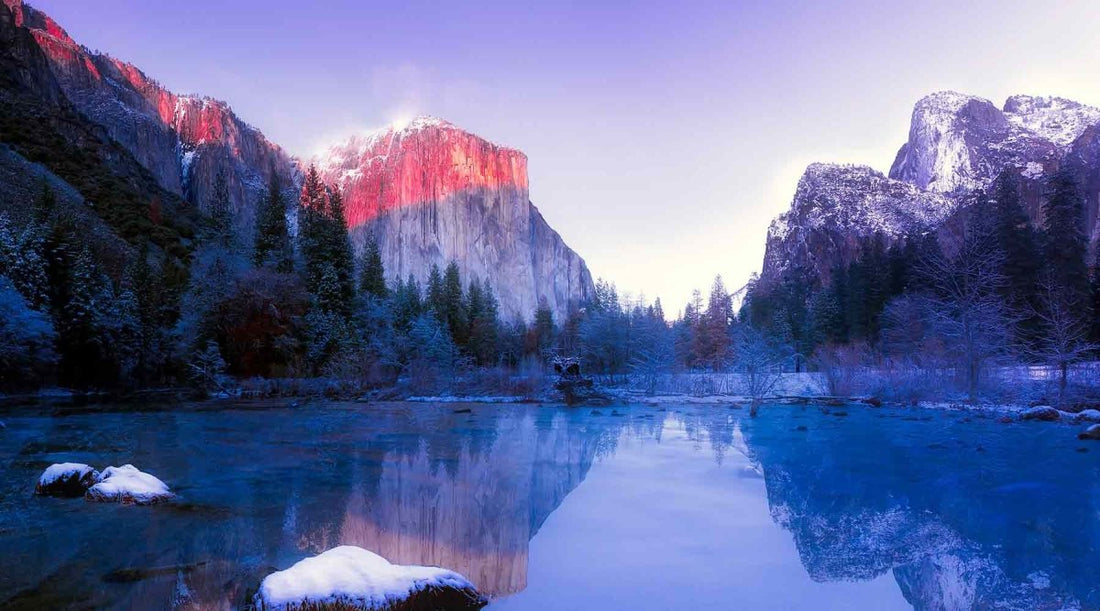
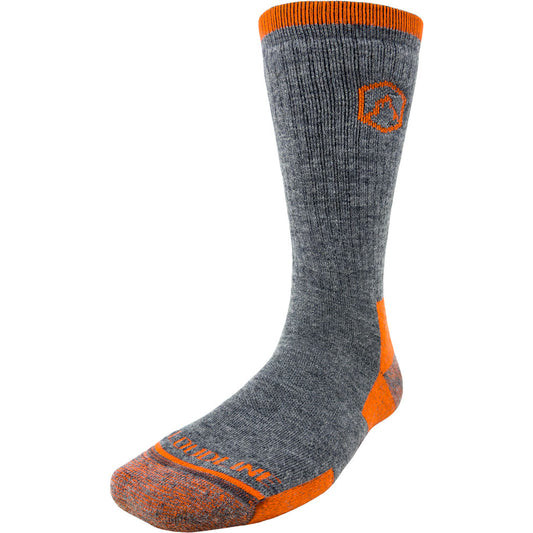
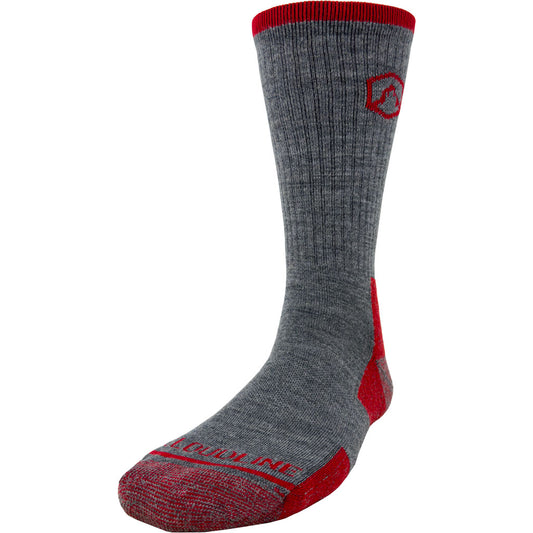
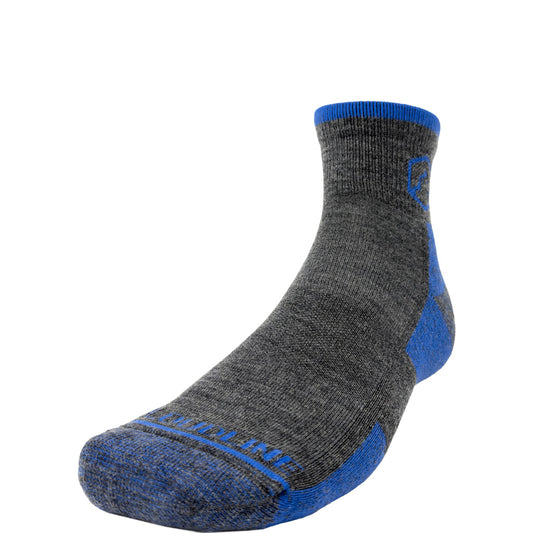
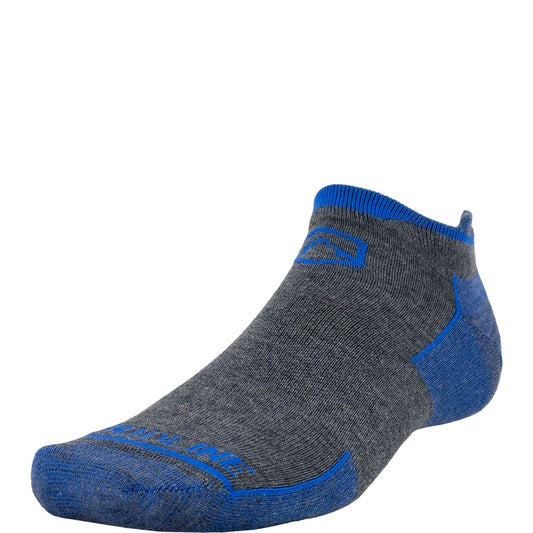
4 comments
great post! I love parks in the winter mostly because less people :)
Craving some fall adventure!! I’m thinking Joshua Tree since it’s close by and I’ve never been yet. Hike on!
America the Beautiful! No doubt about it!
Have visited all those winter places in various other seasons, they cannot be missed, it lifts your heart and spirits seeing any of them!
Ever since my study abroad ended in June, I have been craving adventure like no other. I certainly want to go to all of these places! thanks for the awesome list!